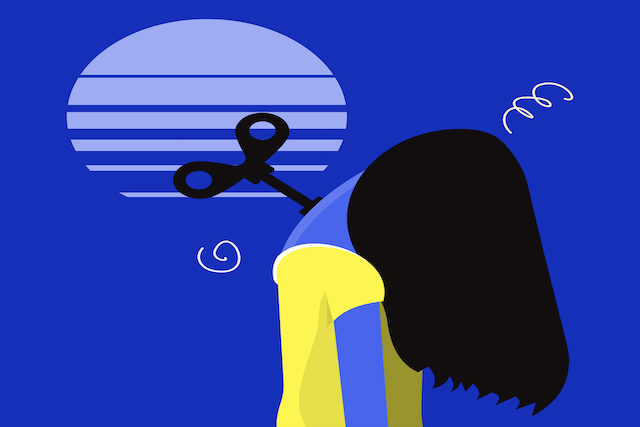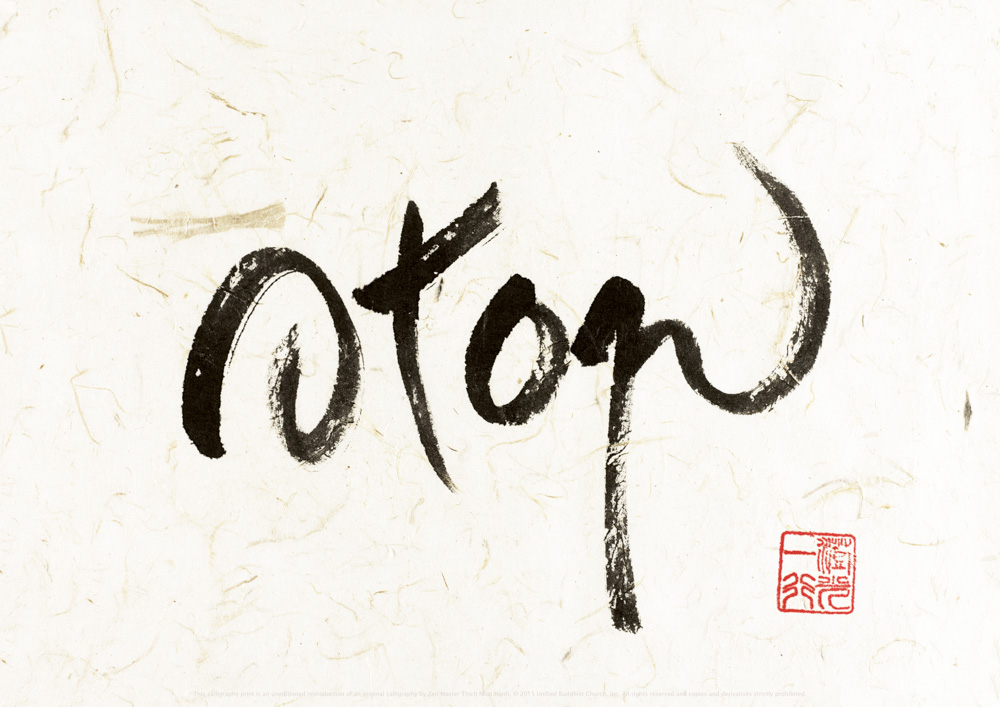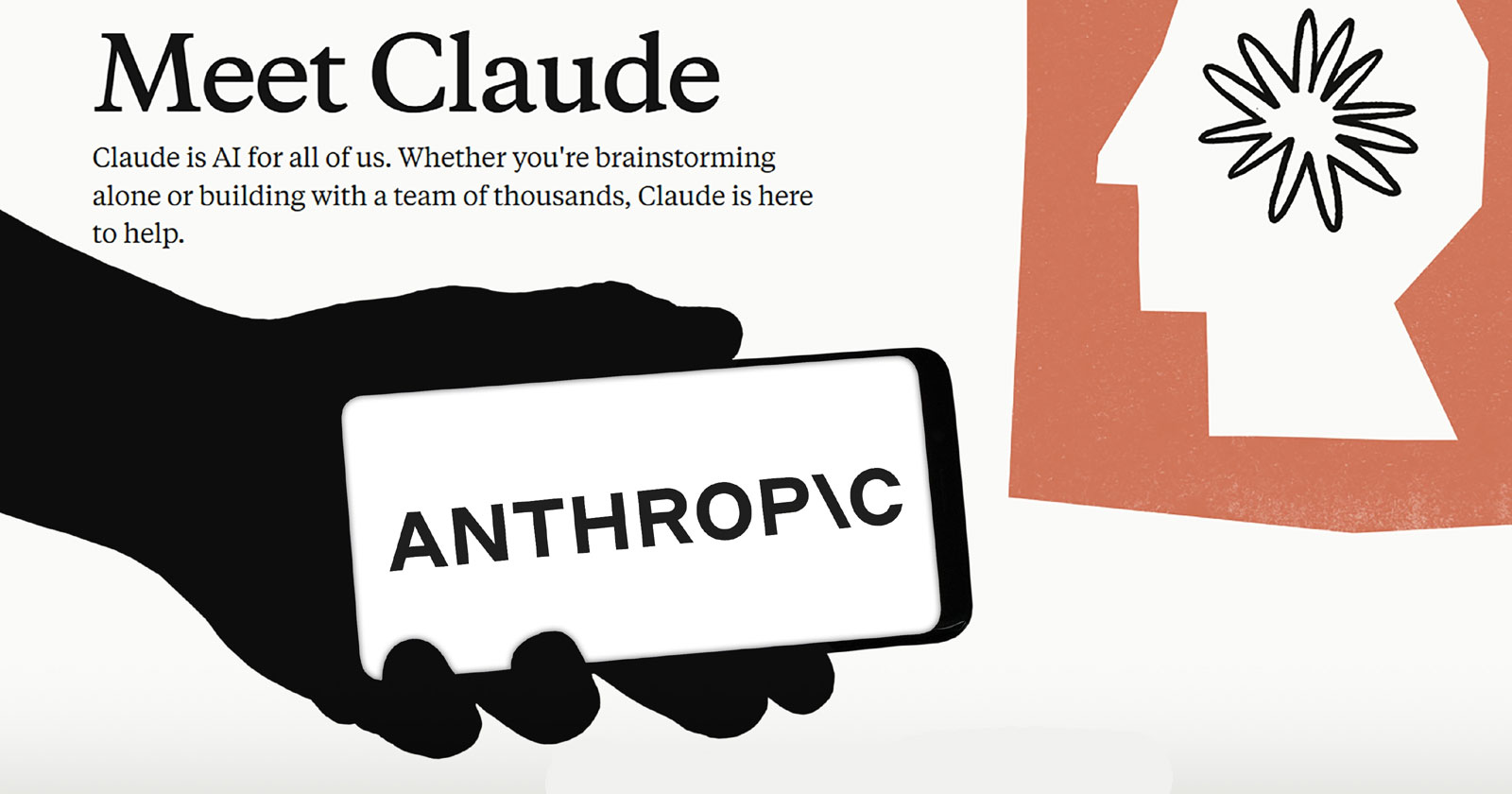Bardo Thodol Tibetan Book of the Dead, the Wisdom That Liberates from Enlightened Mind of Guru Rinpoche
Why is the Bardo Thodol considered a spiritual treasure from the Enlightened Mind of the Second Buddha Padmasambhava? Why is a Book of the Dead considered nothing less than a profoundly liberating teaching? Why do teachers explain that the...

 The peaceful deities of the Bardo Thodrol Book of LIberation Through Understanding the Between.
The peaceful deities of the Bardo Thodrol Book of LIberation Through Understanding the Between.Why is the Bardo Thodol considered a spiritual treasure from the Enlightened Mind of the Second Buddha Padmasambhava? Why is a Book of the Dead considered nothing less than a profoundly liberating teaching? Why do teachers explain that the Bardo Thodol mirrors the Highest Yoga Practices in Buddhism such as Guyasamaja, Chakrsamvara, or Vajrayogini? Why did noted psychiatrist Carl Jung believe the Bardo Thodol was foundational to his own system of psychology?
Video:
CONTENTS
00:00-02:49 Introduction to the “Book of the Dead” 02:49-04:34 The process of Liberation “in between” 04:34-05:53 “A profound guide for spiritual transformation” 05:53-08:06 Bardo Thodol a Roadmap to our Consciousness 08:06-10:00 As a guide for the deceased 10:00-11:06 Carl Jung and the Psychology of the Between 11:06-14:09 What do we experience: 42 Peaceful Buddhas 14:09-18:00 58 Wrathful Deities and What They Represent 18:00-21:14 Meeting the Lord of Death: “Ghost of the Unconscious” (Carl Jung)Introduction: Correcting the Translated Title
Let’s start with the title. Tibetan Book of the Dead was an early — and incorrect — translation of Bardo Thodol, by a non-Buddhist translator. Robert Thurman, the noted scholar and teacher, explains:
“Bardo simply means between state. There is no Tibetan phrase that translates as Book of the Dead. Bardo means “between” and Thos Grol (usually transcribed Thodol) means the “wisdom that liberates.”
 The peaceful field of merit of the Bardo Thodol. ART CREDIT: Enlightenment Thangka>>
The peaceful field of merit of the Bardo Thodol. ART CREDIT: Enlightenment Thangka>>
A much better translation is the book of natural liberation through understanding in the between, as translated by notable teacher Robert Thurman. It may not be as thrilling a title, but it is an important correction. “Bardo” translates best as the “Between” — a vital concept in Vajrayana Buddhism, as important as understanding Samsara, rebirth and the Bodhichitta intention to benefit all sentient beings.
Another translation of the longer title is Great Liberation through Hearing: The Supplication Pointing Out the Bardo of Existence. Tibetan Book of the Dead is more of a Westernized nickname than a serious title, conceptualized by an early translator likely influenced by Egyptian myth, or Dante’s inferno.
ROBERT THURMAN’s TRANSLATION of TIBETAN BOOK OF THE DEAD (on Amazon) as an AUDIOBOOK>>
As a BOOK ISBN: 978-1101965634 on Amazon>>
ART CREDIT: Enlightenment Thangka>>
Why Bardo Thodol is Also a Manual for Living
Whatever you call the great teaching text, the question is: “Why study what happens “Between” one life and the other?” And how does knowing that, help us now?
“Between lives” can be taken as a literal translation, or as a metaphor for a person who is “between” the state of non-realization and the state of realization. In other words, most of us.
Liberation, whether in this life, or “in between” — which is the Bardo — is the same process of wisdom. By describing the process we go through “between our lives” we illustrate the process we are now going through in our samsaric current life. To liberate ourselves from suffering, in this life, or in the Bardo, we try to sever our attachments, habits, clinging, and poisonous emotions such as anger. We also learn to face all these things as a Dharma hero, and to realize their illusory nature.
In The Book of liberation through understanding the between, the glorious Lotus Born elaborates on a process of purification of negative karma baggage we all carry from our actions in the past. This is, ultimately, a path to liberation. We can, and should apply the metaphorical concepts in our current life. And, of course, he teaches us what to expect as we transition “in-between” lives.
The Book of Liberation Through Understanding the Between, is not merely a guide for the deceased but equally, a manual for serious spiritual practice in this life. The book, known as Bardo Thodol, treats death as a transformative process – a premise that the modern spiritual seeker can apply in everyday Buddhist practice.
In the foreword to Robert Thurman’s excellent translation, the Dalai Lama described the Bardo Thodol this way:
“The Bardo Thodol is a profound guide for spiritual transformation and realization.” He went on to explain: “The reality of death has always been a major spur to virtuous and intelligent action.”
As we age, we realize the folly of our youthful activities, our wasted time, our selfishness, our anger, and we mellow, mature and start to think about others. As we come to grips with our mortality, we ripen our compassion, our altruism, our kindness. We have also developed more wisdom with age.
These are some of the lessons we find in the Bardo Thodol.
Bardo Thodol mirrors Highest Yoga?
We are bound to impermanence. It is for this reason and the concept of transformation that teachers compare Bardo Thodol with the Highest Yoga practices of Unexcelled Yogas in Buddhism. In Highest Yoga Tantras, the meditation is mostly an “inner” journey that mirrors closely the process described in the Bardo Thodol. These yogas, such as Guhyasamaja or Heruka Chakrasamvara, Vajrayogini, Hayagriva, Chittamani Tara, and so on, are inner body journeys where we visualize great mandalas of Enlightened Deities, then dissolve them into Emptiness.
Robert Thurman, in his excellent translation The Book of Natural Liberation Through Understanding in the Between, explained the concept:
“Unexcelled Yoga Tantra is a highly technical approach to inner experiences, an ancient tradition of spiritual techniques every bit as sophisticated as modern material technologies.
“It uses special yogically induced states to explore the nature of self and mind, of death and life, and the between states. It describes death in great detail: its physiology, its psychology, its normal experience and its simulated experience. I have found it lucid and useful, not only for thinking about death, but also for thinking about life, health, and even breath.”
Bardo Thodol: A Spiritual GPS
The Bardo Thodol can be likened to a spiritual GPS, a roadmap to navigating the uncharted territories of our consciousness. The Bardo Realms can also be seen as metaphorical to the journey through our samsaric life as well.
As a Funeral Terma
This is also a funeral terma. It is often read aloud to the deceased for 49 days after the passing to help reassure them, and guide them, so that they remember and understand what they are experiencing “in the between.”
It is commonly believed that the consciousness or mindstream of the deceased remains connected to the body, due to its attachments and emotional clinging. By tradition, the Bardo Thodol is read out loud each day for 49 days for the deceased. It is believed that the deceased may hear the guidance and words of Padmasambhava, easing them on the journey through the between or the Bardo. This is part of the meaning behind “Liberation Through Hearing.”
This remarkable text guides us through the Bardo Realms, the intermediate states of consciousness that lie between birth, death, and rebirth. It encourages us to confront, understand, and transform our fears and desires, helping us break free from the cycle of Samsara, the endless cycle of birth, death, and rebirth. Its profound teachings illuminate the path to liberation and offer valuable insights into the nature of the mortal condition and the journey in the Between.
Carl Jung: Bardo Thodol a Guide to the Unconcious?
The great psychiatrist Carl Gustav Jung studied the Bardo Thodol and lavished praise on the terma. He actually wrote a forward to an early translation of the Bardo Thodol, where he wrote:
“For years, ever since it was first published, the Bardo Thodol has been my constant companion, and to it, I owe not only many stimulating ideas and discoveries, but also many fundamental insights.”
Jung pioneered the concept he termed as the Collective Unconscious, the reservoir of experiences shared by all humans. The Tibetan Book of the Dead with its rich symbolism and imagery, according to Jung in his Collected Published Works, is a therapeutic tool that guides the individual through layers of their subconscious.
So what do we experience in the Bardo Thodol? During the intermediate state we are guided through the metaphorical labyrinth of the afterlife.
The longer terma title describes what happens next. This title is, Profound Dharma of Self-Liberation Through the Intention of the Peaceful and Wrathful Ones.
It describes how we will meet the forty-two peaceful Buddhas and fifty-eight wrathful deities.
Throughout this journey, we will encounter these various deities and wrathful deities without fear, because we come to understand their symbolism.
The Peaceful Buddhas are encountered first, and these emanations of Buddha-nature represent our innate potential for enlightenment. Each of these Buddhas highlights different aspects of enlightened mind, like compassion, equanimity, and wisdom.
42 Peaceful Buddhas and Deities
Who are some of the Peaceful Buddhas we’ll encounter first? The forty-two peaceful deities include: Samantabhadra and Samantabhadri in the center of the mandala. Around them are the Five Dhyani Buddha Families.
In the center is the Buddha Family of White Vairochana and Akashadhatvishvari, who is White Tara.
In the east is the Vajra family of blue Akshobya and Lochana.
In the south, the yellow Ratna or Jewel Family of Ratnasambhava and Mamaki.
In the west is the red Padma or Lotus Family of Amitabha and Pandaravashini.
In the north is the green Karma family of Amoghasiddhi and Samaya Tara.
We’ll also encounter the Eight Great Male Bodhisattvas, surrounding the Dhyani Buddhas.
With the Vajra Family of Akshobya Buddha, we find White Kshitigarbha and White Maitreya.
Around the Ratna Family of Ratnasambhava is Bodhisattva Samatabhadra and Akashagarbha, both yellow.
With the Padma or Lotus Family of Amitabha are the Bodhisatvas Avalokiteshvara, who is Coral Red, and Manjushri Kumarabhuta who is orange in color.
With Amoghasiddhi and Tara of the Karma Family, are the Green Bodhisattvas Nivarana Viskambhin and Vajrapani.
With them are the Eight Female Bodhisattvas, two with each Buddha family.
There are also the four gatekeepers, such as Yamantaka and Hayagriva.
 Wrathful Enlightened Deities of the Bardo Thodol.
Wrathful Enlightened Deities of the Bardo Thodol.
58 Wrathful Enlightened Deities
Next, we move on to encounter the fifty-eight wrathful forms of Enlightenment, representing the transformation of our unresolved anger, hate, jealousy, and other poisons into the wisdom and causes for Enlightenment.
As with the peaceful assembly, there are Five Wrathful Buddhas and Five Wrathful Female Buddhas who emanate from their Peaceful counterparts. The wrathful male Buddhas are known as Herukas, or heroes, and the female Buddhas are wrathful wisdom Dakinis.
Arising from Samantabhadra and Samantabhadri is the great ferocious Mahorttara Heruka and Krodeshvari.
Arising from Vairochana in the center is Buddha Heruka from Vairochana Buddha with his Female Counterpart Buddha Krodesh vari, both brownish in color. They help us transform delusion into the pristine wisdom of reality.
In the east, arising from Akshobya Buddha is Vajra Heruka with wisdom counterpart Vajra Krodeshvari. They are blue in color and help us transform our aversions into mirror-like pristine wisdom.
In the south arising from Ratnasambhava, are Ratna Heruka and Ratna Krodeshvari. They are both yellow and help us transform our pride into pristine wisdom of equanimity and equality.
In the west, arising from Amitabha Buddha, is Padma Heruka with Wisdom counterpart Padma Krodeshvari. They are both red in color, and transform our attachments and clinging into the wisdom of discernment.
In the north, arising from Amoghasiddhi and Green Tara, is Karma Heruka and Karma Krodeshvari, both green in color. They help us transform envy and jealousy into the wisdom of accomplishment.
There are also Eight Matarah and Eight Pisachi. The eight Pisachi are animal headed, and represent the natural transformation of mental constructs associated with the eight classes of consciousness.
In the wrathful assembly there are four wrathful female door-keepers.
Then, there is the assembly of 28 Ishwari, the Yoginis of all directions. There are six Yoginis in each direction, in addition to the four Yogini gatekeepers.
Chogyam Trungpa: “The Radiance of the Wisdom of Selflessness”
Buddhist teacher Chögyam Trungpa described these deities not as entities but as “the radiance of the wisdom of selflessness.”
The Wrathful deities, apparently terrifying Buddhas with angry faces, fangs, and multiple arms and legs, symbolize our inner fears and negative emotions which are now transformed into wrathful, enlightened forms of the peaceful deities. Confronting these wrathful deities, symbolizing our own negative poisons, is a chance for personal growth. The process helps us to fearlessly face, and then integrate and transform these negative aspects of the self.
Metting the Lord of Death
In the Bardo Thodol, the final stage, after the Peaceful and Wrathful Deities, is to meet the Lord of Death, who is a symbol of our fear and denial of mortality. By acknowledging this figure, the text suggests, we can truly embrace the transitory nature of our existence, further leading toward ultimate liberation.
These encounters are not meant to be taken literally but to be interpreted symbolically. These figures represent aspects within ourselves, and understanding this can provide profound philosophical insight and spiritual development and even psychological support and healing.
This is why Carl Jung admired the Bardo Thodol. He saw the journey to face the wrathful and frightening deities in the Bardo as the deep fears of our own subconscious. He wrote:
“The dangerous life-suppressing ghost of the unconscious is not an alien mind, but our own, though a despised side”
The Bardol Thodol prescribes precise meditation techniques for each stage of the Bardo, allowing the spiritual seeker to prepare for the trials and tribulations of the transitional periods.
The instructions lay out detailed processes for observing one’s thoughts and emotions, fostering a calm and focused mind, and maintaining awareness and presence even in the face of death.
A Manual for a Direct Encounter with Your Mind
These practices are intended to facilitate a direct encounter with one’s own mind, emphasizing the importance of self-realization and inner transformation. They embody the Buddhist teachings of mindfulness, non-attachment, and compassion, engendering a deep sense of inner peace and equanimity.
Heralding from the ancient spiritual traditions of Tibet, the “Bardo Thodol,” better known as “The Tibetan Book of the Dead,” is more than a mere historical relic; it’s a profound manual for the journey of life, death, and beyond. It is a manual of self-transformation. It guides us through transforming eight poisons into eight wisdoms. It is nothing other than a path to Realizations.
We dedicate the merit of this feature to the cause for Enlightenment for all sentient beings.

 KickT
KickT 































